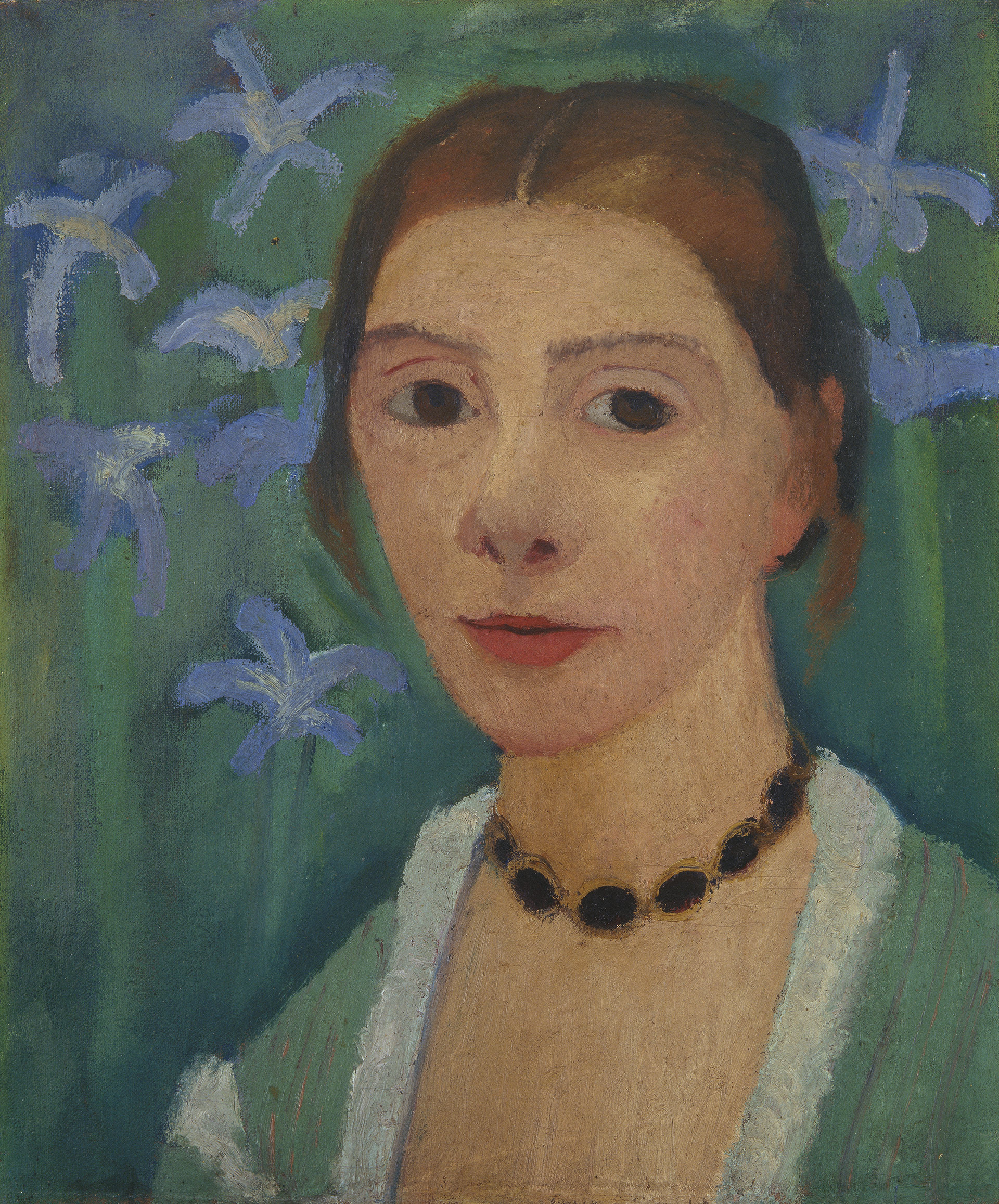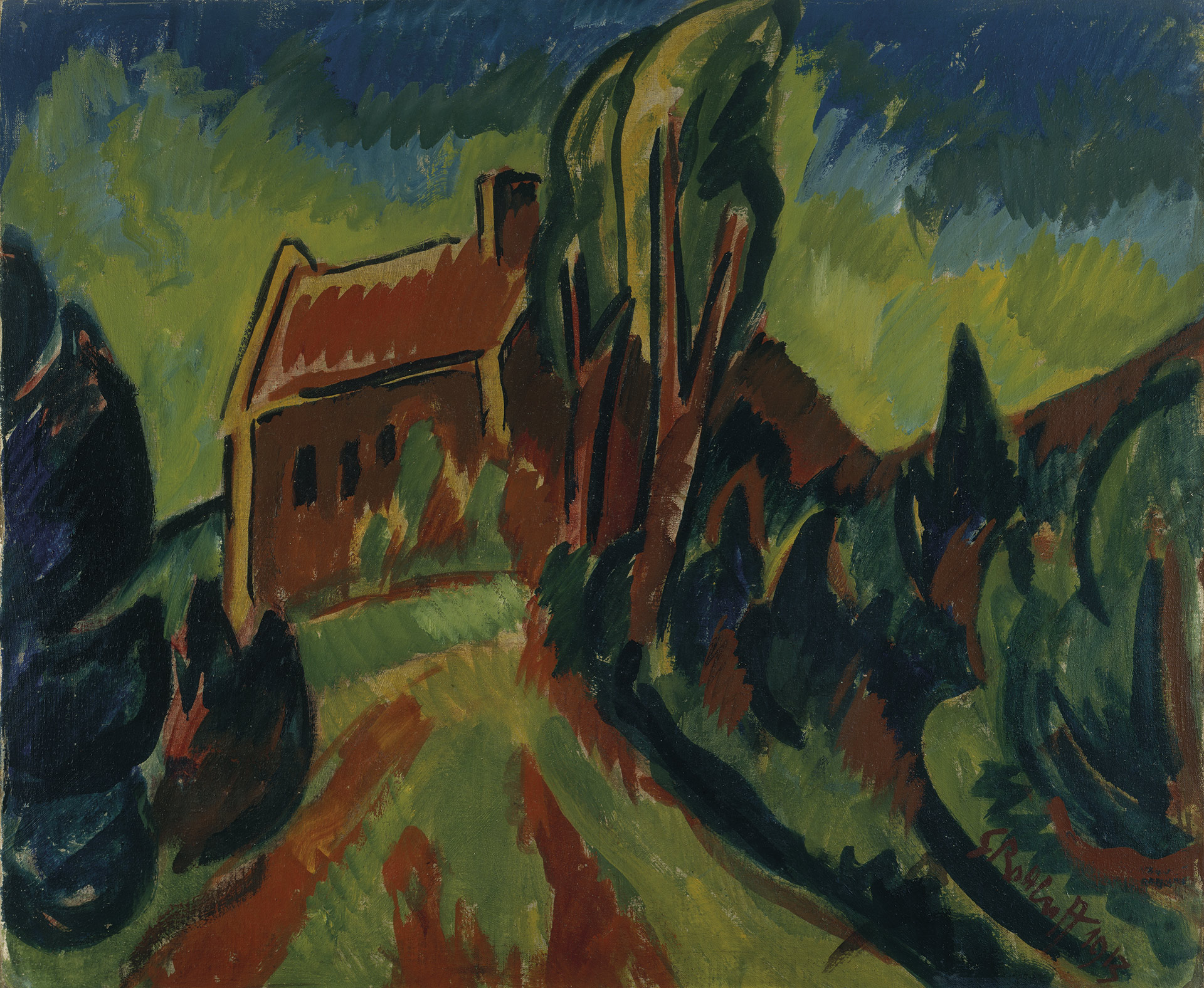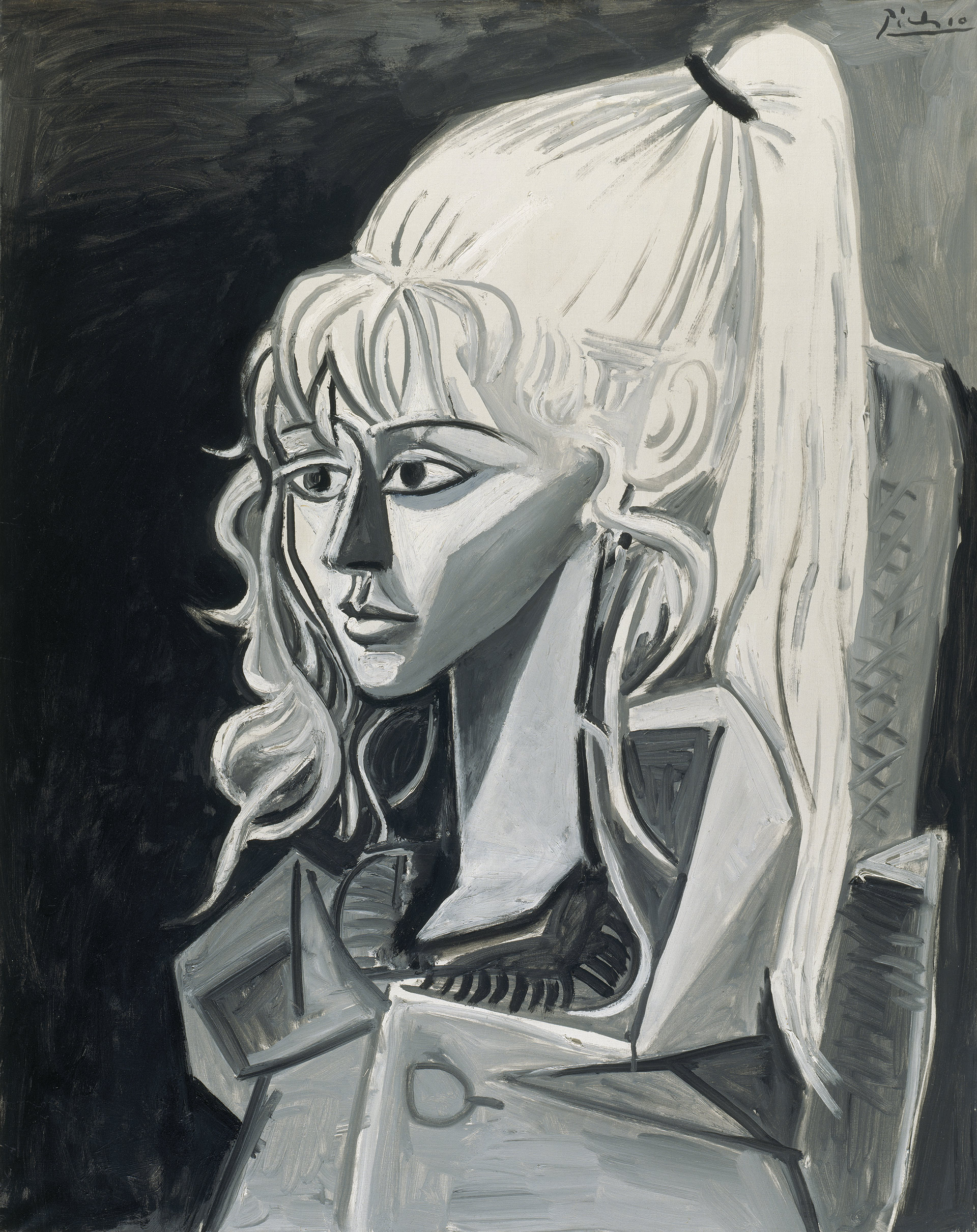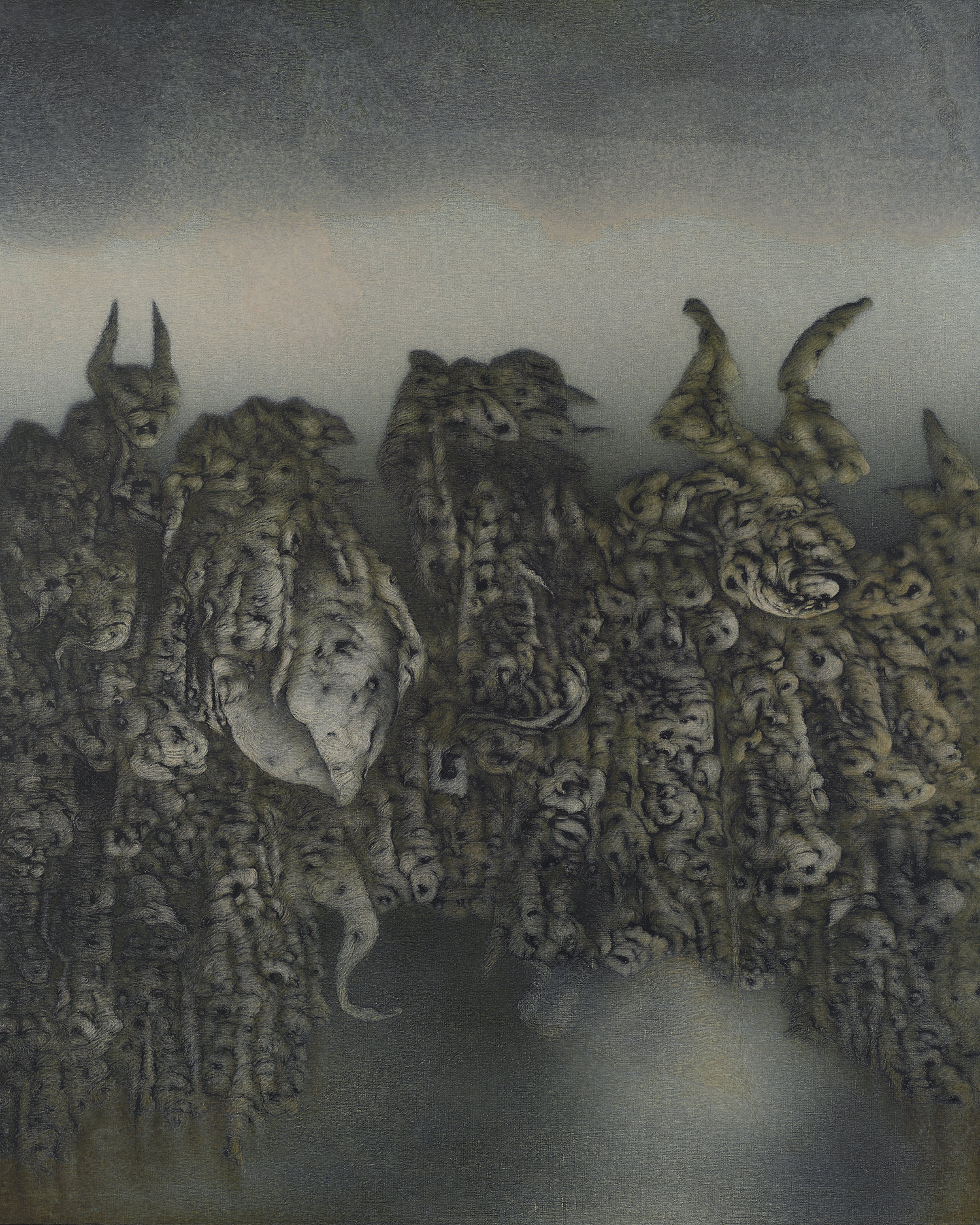Artists' Colonies and Collectives: Worpswede Die Brücke / Expressionism and Surrealism
Gallery 307
The artists of the Worpswede artists’ colony devoted their attention to the barren heathland and moorland and the work of the local farmworkers. In 1900 the artists left the village for a trip to the Universal Exhibition in Paris, where they studied the landscape art of Camille Corot, Jean-François Millet, and Théodore Rousseau—members of the artists’ colony at Barbizon that was their model.
Paula Modersohn-Becker was the second wife of Otto Modersohn, one of the founding members of the Worpswede Artist’s Colony. Raised in Bremen, she not only worked in the direct vicinity of the city but also uniquely connected Paris and Bremen. Modersohn-Becker travelled to Paris several times and was hugely influenced by contemporary Parisian artists, yet she stayed true to her Worpswede subjects of locals and landscapes. However, the ideas she had culled from her stay in Paris were translated into still-lifes—an unusual genre for the Worpswede painters—and into moorland landscapes so abstract they alienated her colleagues.
Gustav Pauli was one of the first major figures in the German art scene to support the artist colony in Worpswede and in 1908 organized the first retrospective of Modersohn-Becker’s work, a year after her untimely death.Modersohn-Becker’s unique style can be traced within this gallery as an early manifestation of Expressionism, which influenced later developments within French and German art in the first half of the twentieth century. The exhibited works thus present the progression of Expressionism—in particular of the artists’ group Die Brücke—up to Max Beckmann, and the development of Surrealism from André Masson to Richard Oelze.
A close connection exists between Bremen, the Kunsthalle, and French modern art in particular through the Bremen art dealer Michael Hertz (1912–1988). A good friend and ideological companion of Daniel-Henry Kahnweiler—also a dealer—Hertz was the exclusive agent for graphic works by Pablo Picasso in Germany. Most German museums and collectors acquired their graphic works by Picasso from Hertz, resulting in extensive holdings of several hundred pieces in the Kunsthalle’s collection. The most prominent acquisition, however, was that of Picasso’s portrait Sylvette in 1955—a year after it was painted—a prime example of Picasso’s virtuoso late style.





